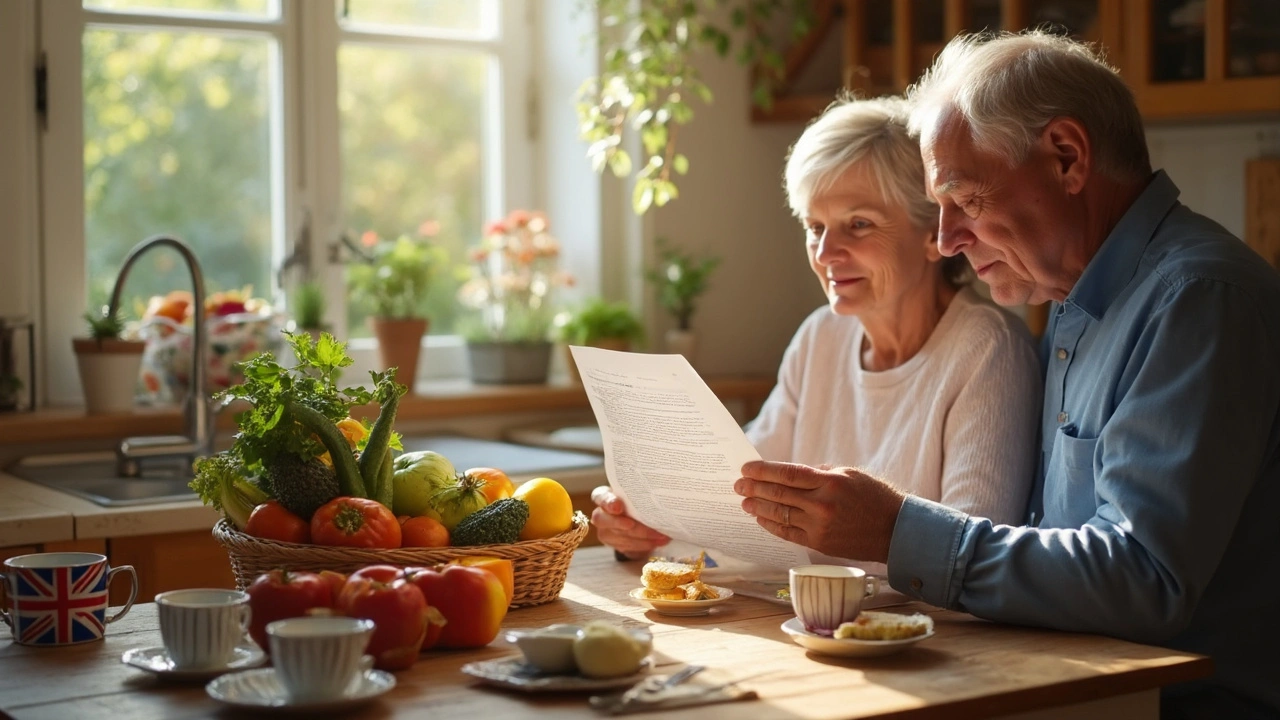Red Yeast Rice: Benefits, Dosage, and Safety Tips
If you’ve heard about red yeast rice as a natural way to lower cholesterol, you’re not alone. It’s a fermented rice product that contains a substance similar to the prescription drug lovastatin. That similarity makes it a popular option for people who want a supplement rather than a pill, but it also means you need to handle it carefully.
What Is Red Yeast Rice?
Red yeast rice is made by growing a specific strain of yeast (Monascus purpureus) on rice. During fermentation, the yeast creates monacolin K, the same active ingredient found in some cholesterol‑lowering drugs. Because of this, the supplement can drop LDL (bad) cholesterol by 10‑20% when taken correctly.
People often pick red yeast rice for its “natural” label, but remember that natural doesn’t automatically mean safe for everyone. It’s still a biologically active compound, so you’ll want to check with a doctor if you have liver issues, are pregnant, or take other meds that affect cholesterol.
How to Use Red Yeast Rice Safely
Most studies use a daily dose of 1,200‑2,400 mg of the powdered supplement, usually split into two meals. Start at the lower end to see how your body reacts, then move up if needed. Take it with food to reduce stomach upset.
Because it works like a statin, red yeast rice can interact with the same drugs – think other cholesterol meds, certain antibiotics, and grapefruit juice. If you’re already on a prescription statin, adding red yeast rice could increase the risk of muscle pain or liver problems.
Check the label for the amount of monacolin K. Some products contain less than 0.5 mg, which may not be enough for a cholesterol effect, while others have higher amounts that act more like a prescription drug. Quality varies, so choose a brand that’s third‑party tested.
Side effects are usually mild but can include headache, digestive upset, or muscle aches. If you notice any unusual pain or fatigue, stop the supplement and talk to a healthcare professional.
Monitoring is key. Get your cholesterol checked after 6‑8 weeks of consistent use. If the numbers aren’t moving, you might need a higher dose or a different approach altogether.
Red yeast rice isn’t a one‑size‑fits‑all solution. Pair it with a heart‑healthy diet, regular exercise, and other lifestyle changes for the best results. It works best when it’s part of an overall plan, not a magic bullet.
At Norxlist.com we strive to give you clear, trustworthy info on supplements like red yeast rice. Use the guide above as a starting point, but always confirm details with your doctor or pharmacist before adding anything new to your routine.

